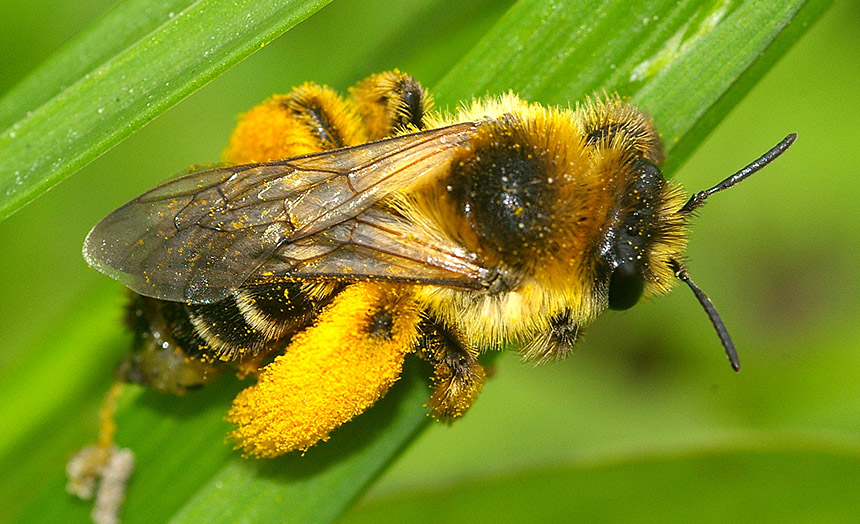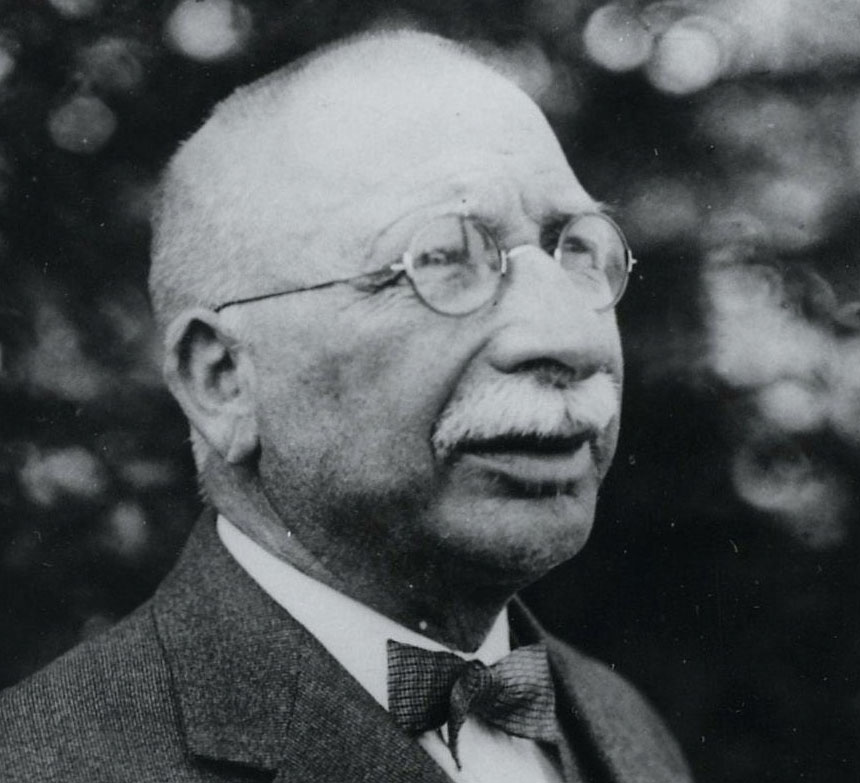Zandkuil
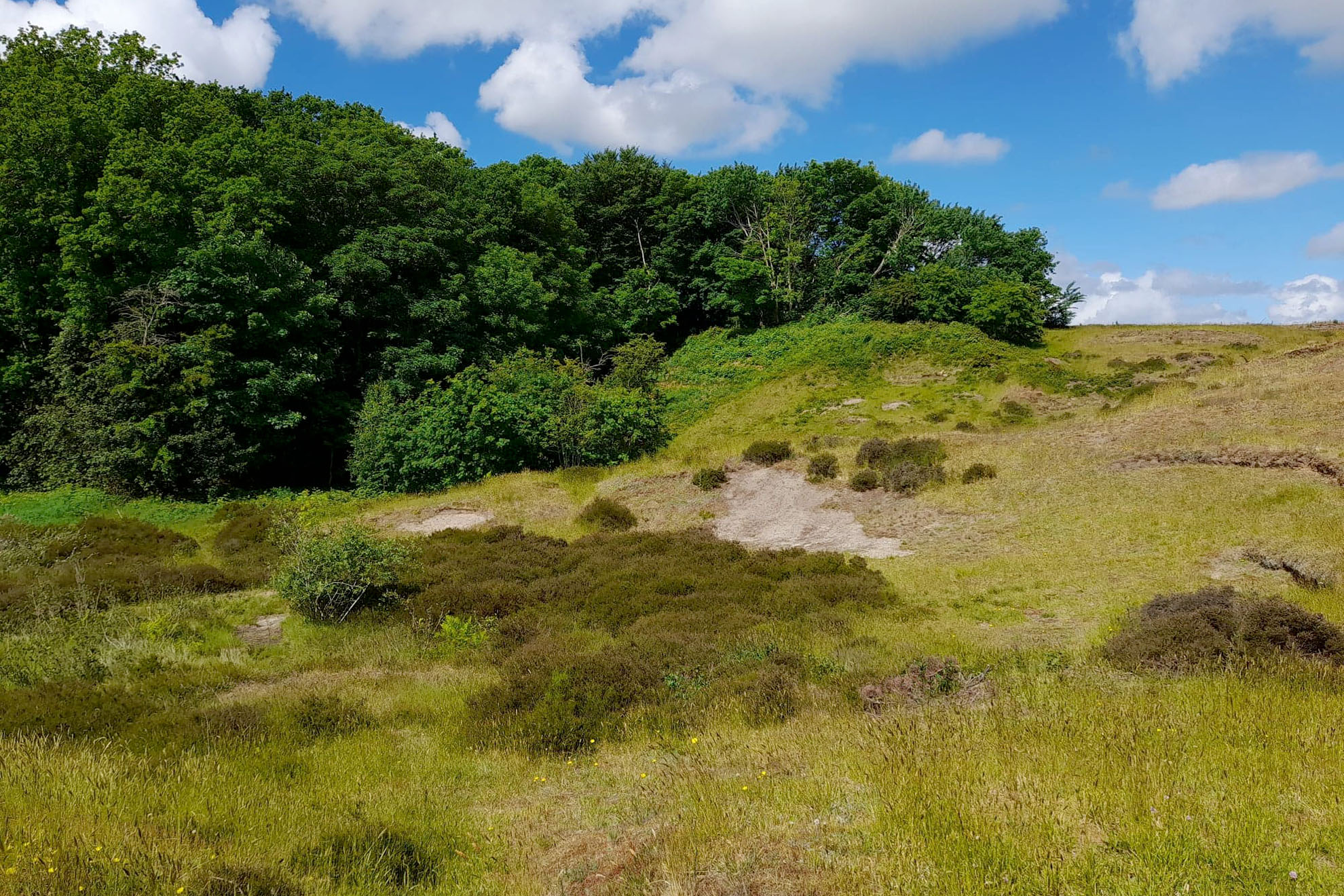
Eigenlijk zijn er twee zandkuilen gegraven in de flanken van de Hoge Berg. De ene ligt langs het Doolhof, en is als insectenreservaat in beheer bij Natuurmonumenten. De andere ligt iets naar het noordoosten, aan het Skillepaadje. Deze tweede kuil is in privébezit, en wordt niet als natuurgebied beheerd. Maar de Zandkuil aan het Doolhof wordt niet voor niets gekoesterd door natuurliefhebbers: de holletjes in de keilemen wanden worden bewoond door insecten die je elders niet zo gauw tegenkomt.
Warm
“Wat kan het in die kuil warm zijn! Juist om die warmte is de kuil een geliefkoosde woonplaats van duizenden en nog eens duizenden graafbijen en graafwespen, die daar hun werkzaam, kleurrijk en interessant leven leiden… De zandkuil dankt zijn ontstaan aan een afzanderij op grooten schaal ten behoeve van de aanleg der zware zeedijken. Het is de mooiste van al mijn kuilen...” Aldus Jac. P. Thijsse in een artikel uit ‘De levende natuur’, uitgegeven in 1903.
Texelfan avant la lettre
Jac. P Thijsse was van 1889 tot 1892 hoofd van de Franse School in Den Burg. Over die periode schrijft hij zelf: "Al heb ik er maar twee en een half jaar gewoond, Texelaar zal ik blijven tot het eind." Hij was enorm onder de indruk van alles wat er in de Texelse natuurgebieden leefde en is zijn hele leven lang regelmatig teruggekeerd naar het eiland. Niet zelden vergezeld door zijn vriend Eli Heimans, met wie hij in 1905 de Vereniging Natuurmonumenten oprichtte. Thijsse en Heimans bewerkstelligden dat de Zandkuil in 1924, als enige insectenreservaat in Nederland, in bezit van Natuurmonumenten kwam.
Solitair
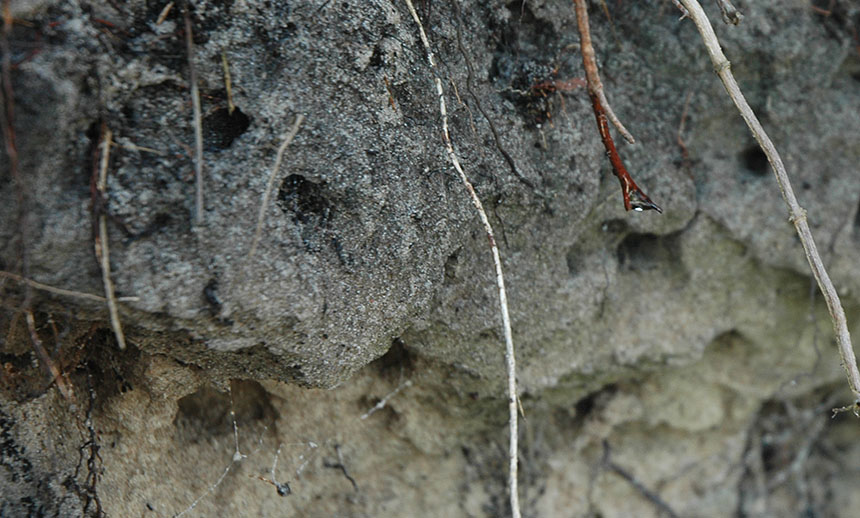
Het zijn geen honingbijen die de holletjes van de Zandkuil bevolken. Graafbijen worden ook wel ‘solitaire’ bijen genoemd, omdat ze niet in volkeren leven. Dat geldt ook voor graafwespen. Maar graafbijen en graafwespen hebben wel gemeen dat ze vaak heel mooi zijn. Er zijn heel veel verschillende soorten, en nergens is die soortenrijkdom zo groot als in de Zandkuil op Texel. Bovendien zijn er een paar soorten die vrijwel uniek zijn voor Texel.
Voedsel voor de nakomelingen
Graafwespen leggen in elk holletje een eitje en een pakketje voedsel. Dat kan een dode vlieg, rups of bladluis zijn. Graafbijen leggen een bolletje stuifmeel klaar voor hun nakomeling. Er bestaat ook een koekoeksbij. Die legt een eitje in een holletje waar een andere graafbij al een voorraad stuifmeel heeft aangelegd.
Bossiesdag
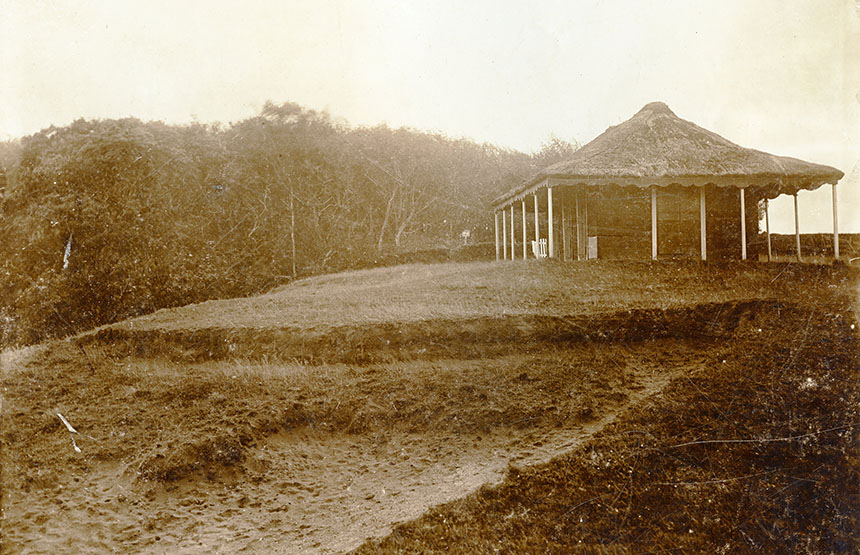
Lange tijd stonden er twee paviljoens aan de rand van de Zandkuil: Neptunus en Ceres. De eigenaren ontvingen daar regelmatig, op zondag, hun gasten. Eens per jaar, op derde Pinksterdag, trokken veel Texelse gezinnen naar het Doolhof en de Zandkuil om daar te ravotten en te picknicken. Dat heette ‘Bossiesdag’. Onbedoeld, maar gunstig voordeel was dat de hellingen van de Zandkuil weer hier en daar open kwamen te liggen. De gravende insecten konden zo weer makkelijk nieuwe holletjes maken.
Beheer door vrijwilligers
Toen het steeds drukker werd op Texel werd het tijd om de Zandkuil af te sluiten voor publiek. Anders zouden de insecten jaarrond verstoord worden. Om te voorkomen dat de hellingen dichtgroeien komt nu geregeld een groep vrijwilligers uit Kwadijkervlotbrug, onder leiding van insectenkenner Ben Brugge, voor het nodige snoei- en plagwerk.
Extra holletjes
Toch is de insectenfauna van de Zandkuil niet meer zo rijk als in de dagen van Thijsse. De wilde flora is veel soortenarmer geworden en ook bestrijdingsmiddelen hebben hun tol geëist. Gelukkig gaan steeds meer boeren over op het inzaaien van bloemrijke akkerranden.
En particulieren bouwen extra nestelgelegenheden. Je ziet ze steeds vaker, de bijenhotels. In allerlei stukken hout zijn gaten van verschillende diameter geboord. Die stukken liggen samen in een kastje dat vaak op palen staat of aan de muur hangt. Met dit soort maatregelen kunnen we de insectenfauna weer een beetje herstellen.





